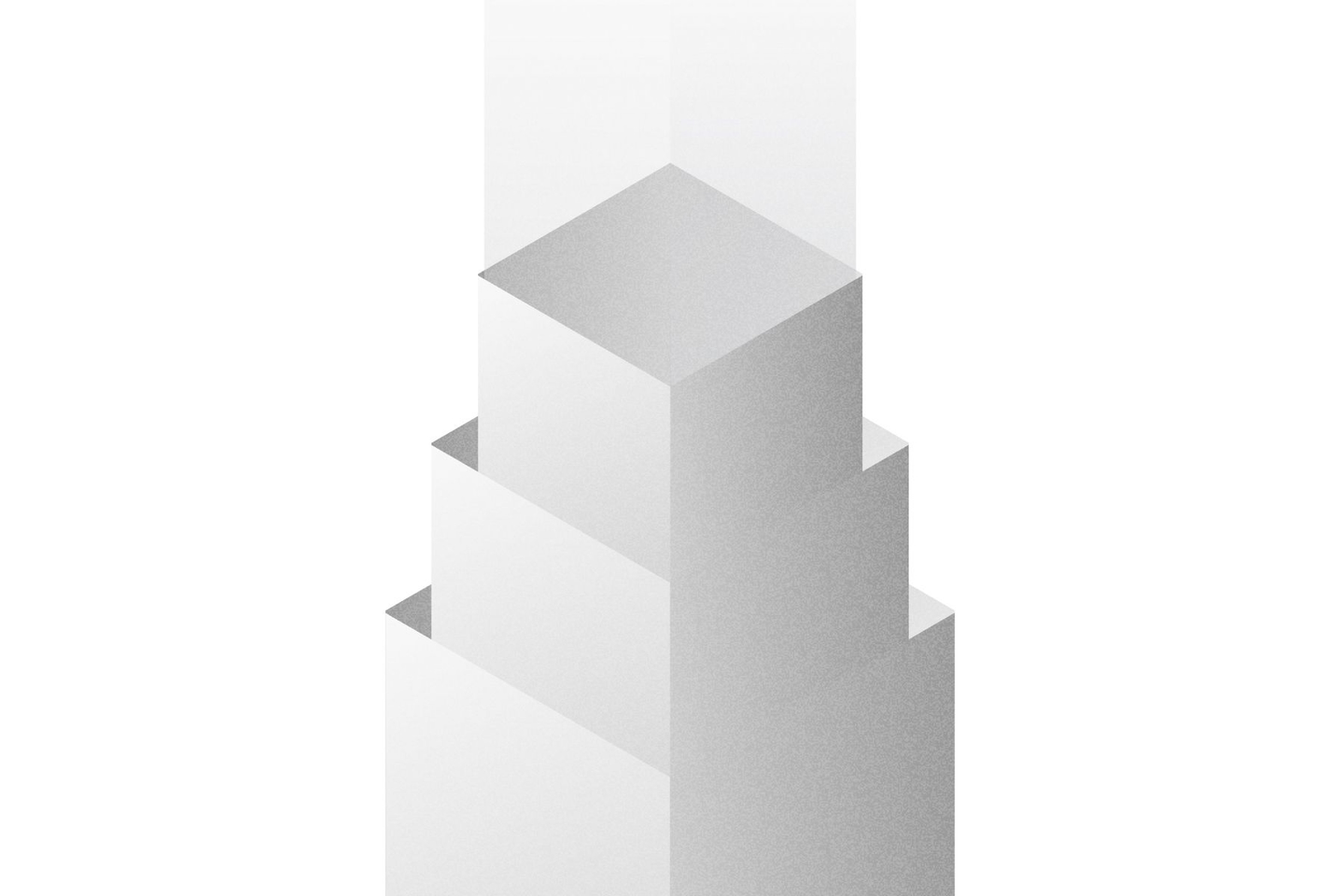
What is Moonbeam?

Moonbeam is a parachain that promises cross-chain interoperability between the Ethereum and Polkadot blockchains. More specifically, Moonbeam is a smart contract platform that enables developers to move dApps between the two networks without having to rewrite code or redeploy infrastructure. In a Web3 world populated by an increasing number of blockchains and tokens, Moonbeam promises to help facilitate a cross-compatible, interoperable future.
Beginnings
Moonbeam was founded in January 2020 by Derek Yoo, a technology entrepreneur, CEO of PureStake, and co-founder of the Fuze communication platform. After winning a grant from the Web3 Foundation, Yoo launched the Moonbeam Testnet in September 2020, but the project did not gain popular traction until over a year later, when the Moonbeam user-community launched an effort to secure a parachain slot on the Polkadot blockchain. Polkadot is a multi-chain network that facilitates interoperability via the main relay chain that will eventually allow up to 100 parachains to exchange tokens, services, and other types of data.
The Moonbeam parachain went live on Polkadot in January 2022, after Moonbeam users collectively committed almost USD 1 billion in DOT tokens. Yoo emphasized that the Polkadot parachain status was an important step towards unlocking the potential of Moonbeam, bringing decentralized interoperability, and enabling both networks to “leverage each other’s specialized services”.
As a parachain, Moonbeam is able to communicate with other blockchains and parachains, exchanging information, cooperating, and collaborating with a community of users beyond its own. This means that smart contracts, dApps, APIs, oracles, Web3 wallets and other integrations hosted on Moonbeam can access and communicate with counterparts within the ecosystems of other linked networks, including Polkadot and Ethereum.
The GLMR Token: Glimmer (GLMR) is the Moonbeam network’s native token. GLMR is a utility token and is used to fuel transactions, provide security, and facilitate staking-based governance decisions. About 98 million GLMR tokens were allocated in a private event called Take Flight in 2021, but the supply will eventually reach of a total 1 billion.
Uses
The effectiveness of Moonbeam relies on its interoperability with other blockchains: the more integrations that can communicate across blockchain networks, the more utility Moonbeam can offer its users. To that end, Moonbeam features the following functionalities:
Ethereum Virtual Machine: Moonbeam allows for smart contracts running on the Ethereum Virtual Machine (EVM), and written in the Solidity programming language, to migrate without any significant coding changes. Compatibility with Ethereum offers the following advantages:
- Smart contract migration: The time and cost of moving smart contracts between chains is significantly reduced
- Existing tools: Developers may access an array of tools to create interoperable apps. These include popular tools such as Hardhat, Truffle, Metamask, and Waffle.
- Polkadot access: Users on the Moonbeam network may access wallets, bridges, and oracles (and other integrations) on the Polkadot network.
- Cross-chain validation: User wallets, addresses, and smart contract signatures that have been verified on other Solidity-based networks will also be valid on Moonbeam.
Coding Languages: Moonbeam supports any EVM bytecode language. This means that, in addition to its primary language, Solidity, the network can support apps written in languages such as Vyper, Flint, and Javascript.
Substrate Compatibility: Moonbeam offers compatibility with the Substrate ecosystem – and its development tools. The Substrate blockchain framework is an SDK for building customized blockchains and is used prominently by parachains on the Polkadot and Ethereum networks.
Bridge Possibilities: Moonbeam has already integrated several cross-chain bridges in order to allow assets to migrate between chains. Current bridge integrations on Moonbeam include cBridge, Multichain, and RelayChain.
Moonriver: Moonbeam’s testing network is called Moonriver. Like Moonbeam, Moonriver has complete EVM-compatibility and functions primarily as an environment for developers to test their dApp and smart contract code prior to deployment on Moonbeam. Moonriver has its own utility token, MOVR and runs on Kusama, the canary network of Polkadot.
Future
Moonbeam was one of the first parachains to go live on the Polkadot ecosystem and, as such, has gained a degree of recognition among developers seeking to take advantage of cross-chain interoperability. Moonbeam’s roadmap emphasizes further deployment of new ‘integrations and partnerships’, and a deepening of the network’s interoperability – in particular in terms of its Cross-Consensus Message (XCM) format.
Curve Finance is one of the more promiment DeFi protocols to have already launched on Moonbeam.
In the near future, Moonbeam has set out goals for deployments of lending and borrowing apps, NFTs, defi projects, gaming projects, and bounty programs.